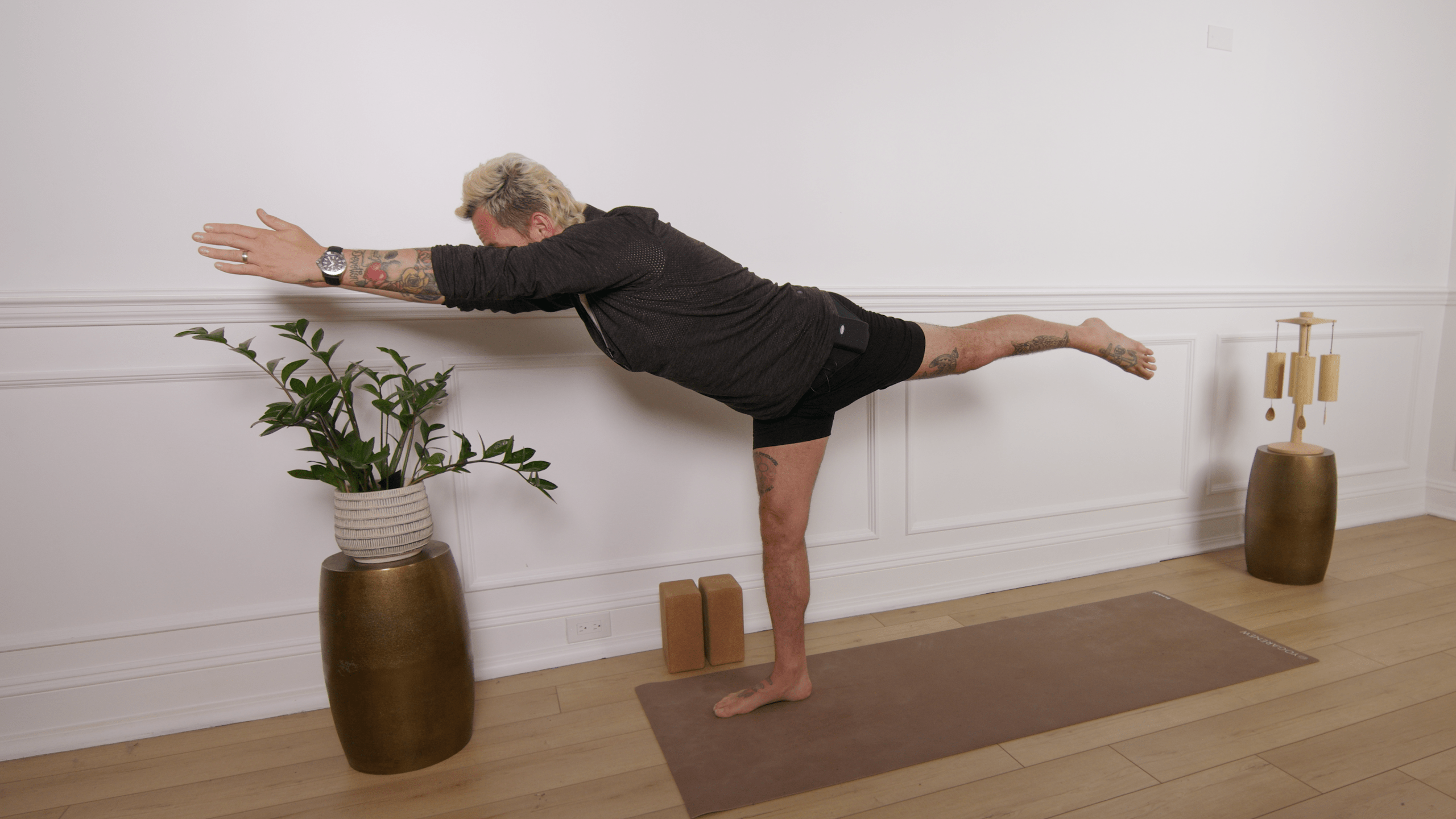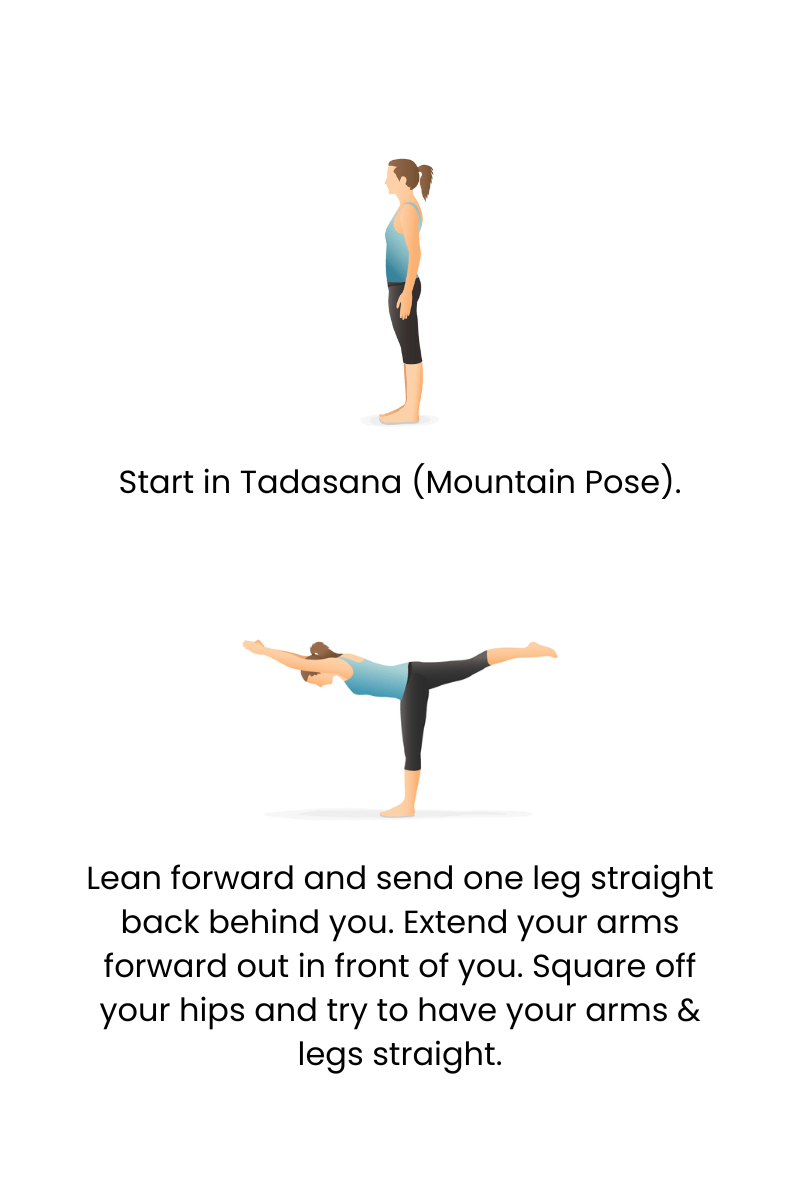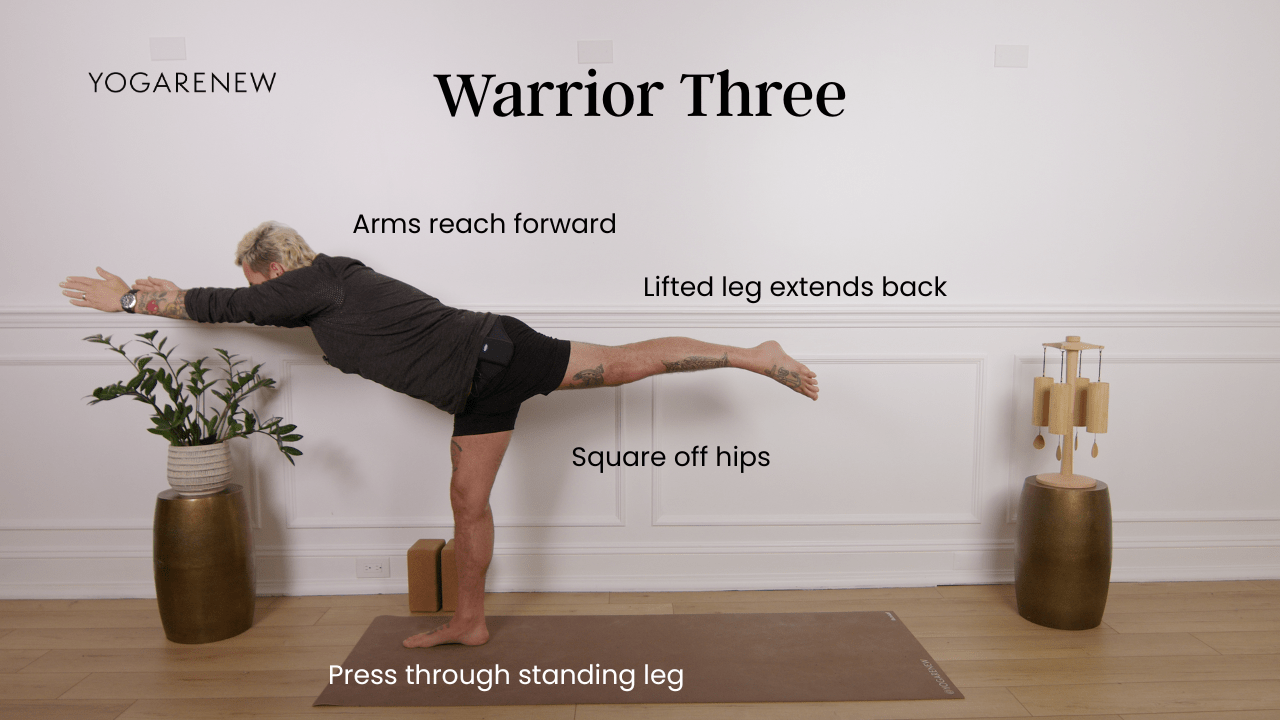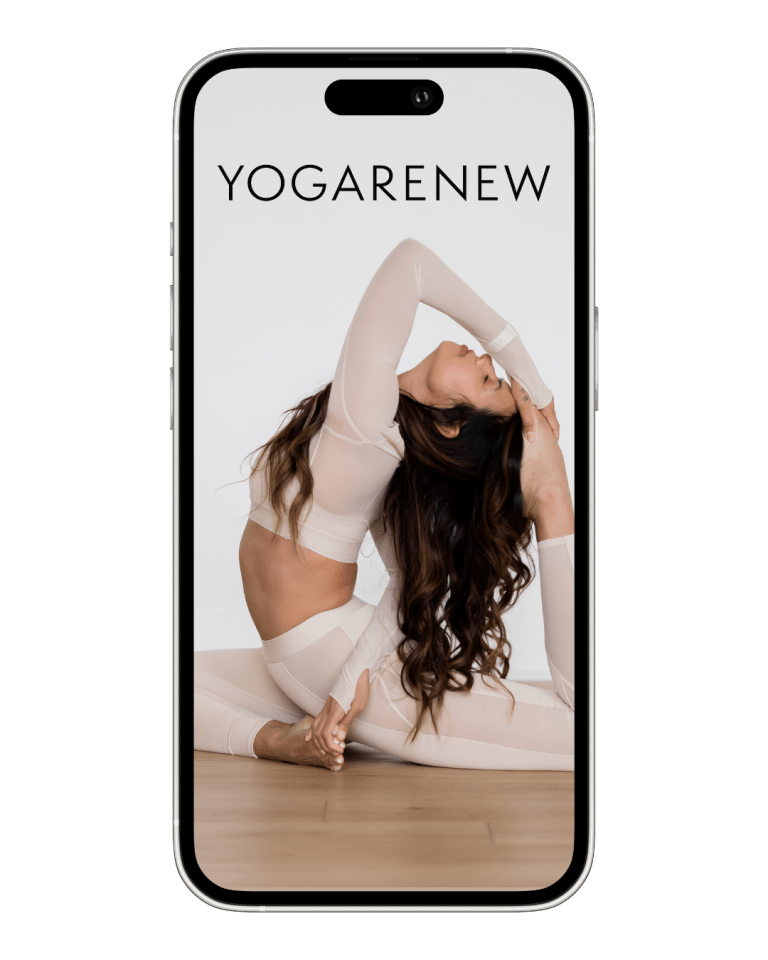What is Warrior Three?
English Name: Warrior III
Sanskrit Name: Virabhadrasana III (pronounced veer-ah-bah-DRAHS-uh-nuh)
Category: Standing, Balancing, Strengthening, Intermediate

English Name: Warrior III
Sanskrit Name: Virabhadrasana III (pronounced veer-ah-bah-DRAHS-uh-nuh)
Category: Standing, Balancing, Strengthening, Intermediate
Warrior III, or Virabhadrasana III, is a powerful standing balance pose that cultivates full-body strength, focus, and stability. This dynamic posture challenges your coordination and alignment while building strength in the legs, core, and back.
Often practiced as a peak or transitional pose, Warrior III channels energy forward while staying rooted in control and presence. It’s commonly found in Vinyasa, Hatha, and Power yoga sequences, offering a balance of grounding and lift—physically and mentally.


Keep hips level—avoid letting the lifted hip roll open
Reach actively through the back leg to maintain balance
Draw the belly in and up to support the spine
Maintain a long line from head to heel
Keep your gaze steady on a point in front of you (drishti)
“Imagine your body forming a capital ‘T’—torso and leg in one straight line.”
“Press through your back heel like you’re stamping into a wall.”
“Lift from your inner thigh to square your hips.”
“Soften your standing knee and root down to rise up.”
“Reach forward with strength, not strain.”
Hands on Hips: Keep arms at the hips to focus on lower body balance
Wall Support: Use a wall under the hands, torso, or back foot for stability
Chair Support: Place hands on a chair for balance and alignment assistance
Lower Back Leg: Keep the lifted leg lower until strength and flexibility increase
Prayer Arms: Bring palms together at the heart for a centered variation
Airplane Arms: Extend arms out to the sides for balance and shoulder engagement
Blocks Under Hands: Place yoga blocks under the hands for support in modified versions
Flow Transitions: Use Warrior III as part of a flow from Crescent Lunge or Half Moon
Warrior III is a posture of strength, control, and intention. As it challenges balance and focus, it teaches you to move with purpose and steadiness—even through uncertainty. Practicing Virabhadrasana III helps cultivate core stability, mental clarity, and a sense of empowered grace both on and off the mat.
It’s accessible with modifications, but technically considered intermediate due to balance and strength demands.
Use props like a wall or chair until your strength and stability improve.
Absolutely—your standing leg stabilizes while the lifted leg extends with strength and control.

Explore classes & pose tutorials for any style, format, duration or experience level with a free account in the YogaRenew app. Or subscribe and gain access to workshops, live classes and more.